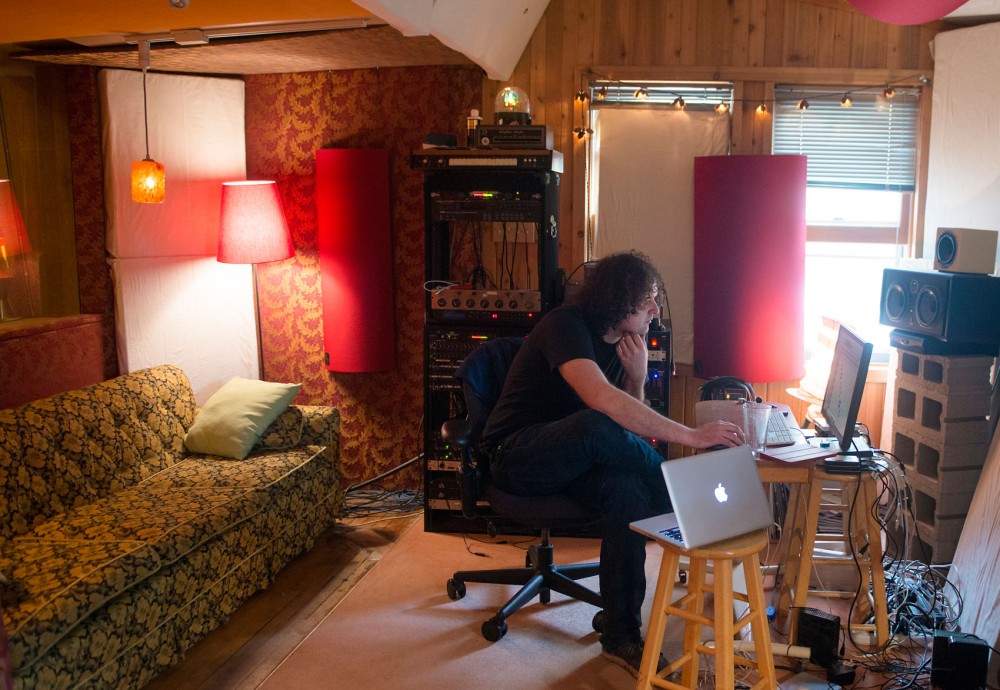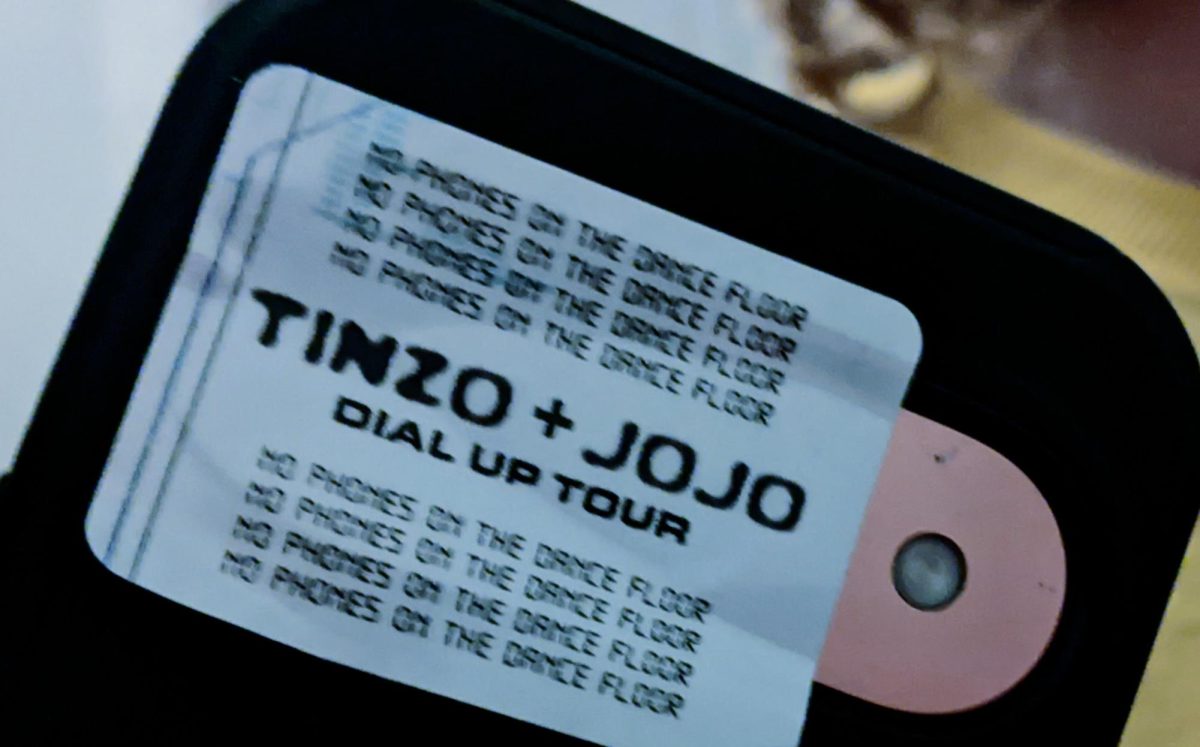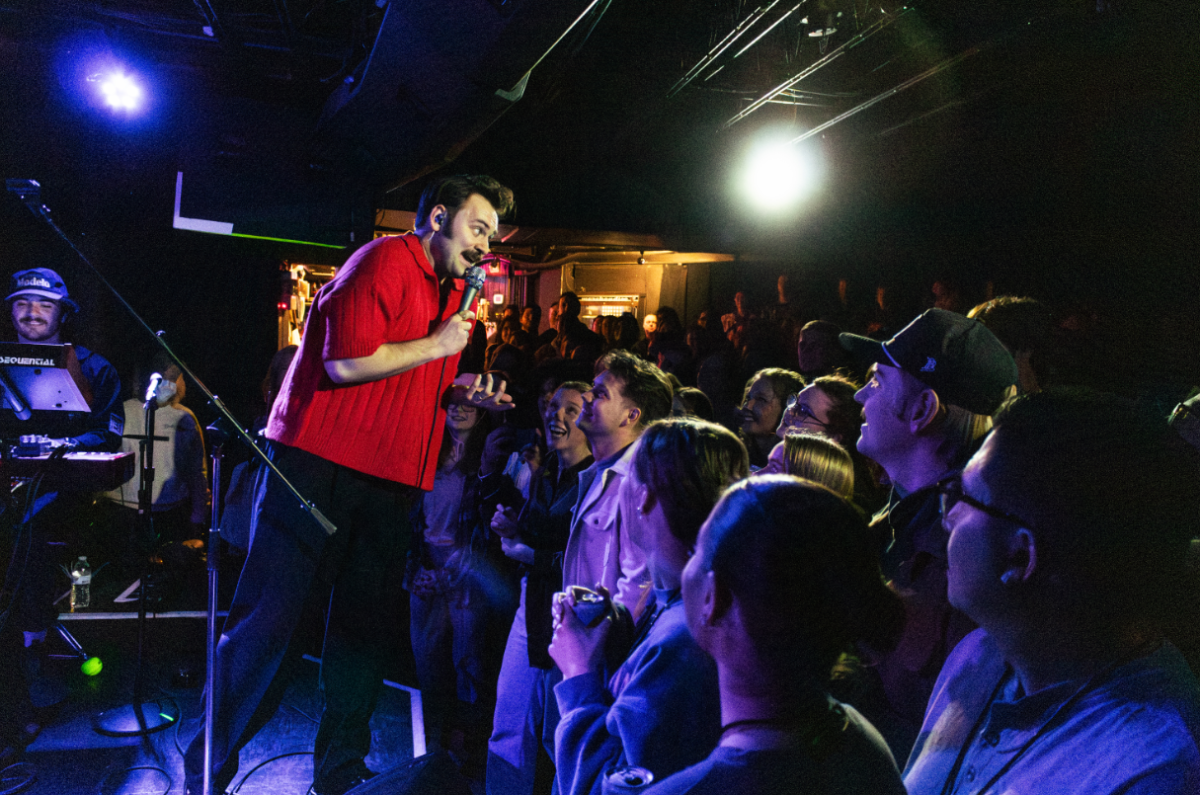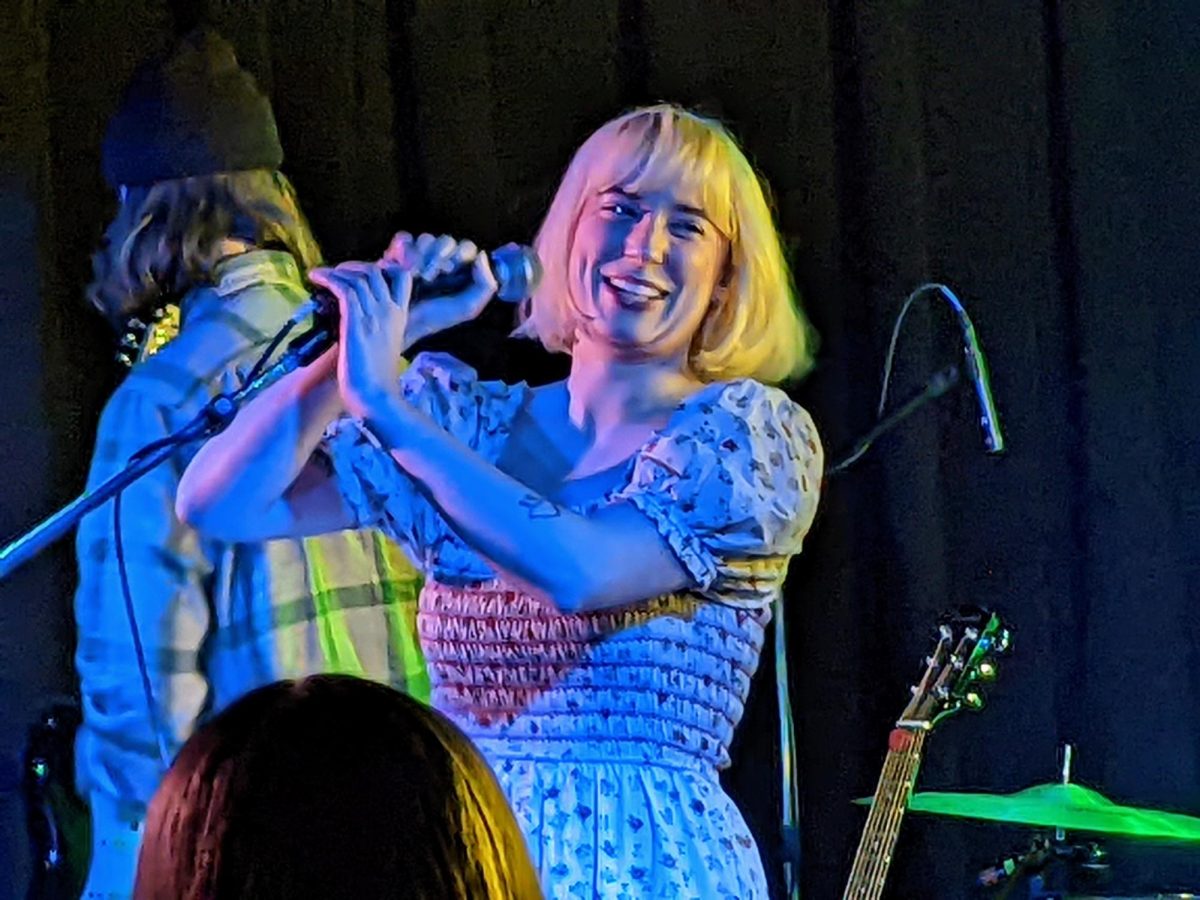The band France Camp didn’t get much done during its first recording sessions at the Old Blackberry Way studio.
They got too drunk one night.
On another, they got too high.
“James wasn’t even sure how to play his guitar; he was looking at his hands like they were snakes,” singer Jay Simonson said.
Thirty years ago, the Replacements used the same space to lay down tracks for what eventually became one of Rolling Stone magazine’s greatest albums of all time. The modest-sized studio that sits just north of the University of Minnesota campus has also been home to Minneapolis legends Hüsker Dü and Soul Asylum, plus countless indie artists.
It’s been years since Old Blackberry Way was the birthplace of albums that would sell tens of thousands of copies around the world, but that doesn’t mean it’s any less busy.
The independent recording studio’s modern day success represents how players within the business have had to adapt to keep pace with industry shifts. In particular, digital recording is now accessible to almost anyone with a will to work and some computer knowledge.
While the industry has experienced a sea of changes in even the past decade, Old Blackberry Way is a rarity for having been an active recording room since it was first transformed into a studio in about 1970.
“When a room has some heritage to it, that’ll keep it open,” said Michael McKern, a recording industry veteran who teaches at McNally Smith College of Music.
Neil Weir, the studio’s current owner and operator, has transformed the space into a haven for mostly underground bands in the Twin Cities music scene, offering
them a space that rivals the sound of a major-label studio at a fraction of the cost.
It sits in an old building on the edge of Minneapolis’ Dinkytown neighborhood, just blocks from the chain restaurants and massive apartment complexes that have largely taken over the mom-and-pop shops that made the area iconic during the 1960s and 1970s.
Inside the studio’s wood-paneled walls are relics of the recording industry’s history, which has changed about as quickly as Dinkytown.
And though Weir’s recording equipment has kept pace with changing technology, he keeps some artifacts around. Weir has a 2-inch tape machine for tracking in a purely analog medium, but it mostly sits unused in the corner of the control room.
He most often records straight into a computer.
Audiophiles may sneer at this digital-centric model, whose recordings are often criticized for their coldness. However, some of those who have worked out of Old
Blackberry Way have a different attitude when it comes to recording equipment. They don’t care what the gear is — as long as it gets what they want.
“It’s just tools,” said Greg Reierson, the engineer at Rare Form Mastering, who has worked at Old Blackberry. “I don’t have any religion about it.”
Old Blackberry Way hasn’t always been the birthplace for indie releases. It’s gone through phases as different owners have cycled through the space, with the
characters in charge guiding the tones of recordings getting produced.
The space got its start as a studio in about 1970, fostering many underground rock recordings. In the 1980s, it grew more diverse.
McKern freelanced out of the studio during that decade and said small-time bands would work in the first part of the day and The Replacements, Soul Asylum or another big-time artist would often track at night.
During the late 1990s and early 2000s, Alex Oana owned the studio, calling it City Cabin. Those who knew his work describe it as cleaner sounding, more radio-friendly production.
At that time, it was more “pro bands” that were coming in to try and “make it,” said Bruce Templeton, who helped start the current Old Blackberry Way with Weir in 2004.
Weir and Templeton returned the studio to its grungier roots just more than a decade ago, and it’s stayed that way since.
Now, Old Blackberry Way is an artistically driven space that caters to musicians who aren’t necessarily seeking a career in music.
Those types of musicians are typically do-it-yourselfers who would perhaps take the step of buying some recording equipment and then doing things on their own.
But by using a professional studio, Weir said they have access to a unique level of expertise that an at-home job doesn’t always provide.
“Because things are so accessible … people get a chance to do it themselves, and they realize, ‘Oh, it’s taking a lot longer; it’s not sounding as good,’” said Templeton, who now has a career in audio mastering.
That’s where Weir steps in. The unassuming man with shaggy hair and a cool demeanor aims to demystify the recording process and get bands the tones they want.
“To me, records are what mattered the most,” said Weir, who’s also an active musician in his band, The Chambermaids. “I’ve never been super crazy about playing live.”
Weir is perfectly at home in his studio where he knows the ins and outs of its acoustics and every piece of equipment.
The walls have acoustic treatments that wouldn’t look out of place in a higher-budget studio, but Weir made them. It’s this workmanlike attitude and commitment to quality that keeps his business hopping. He relies largely on word of mouth and repeat clients to keep the studio busy.
He estimates he’s had three days off since before Christmas.
When the business side of the music industry comes up in conversation, both Weir and Templeton speak with a bit of distaste in their voice.
However, Weir was quick to note that it’s not an aversion to success or exposure; he’s just not thirsting for fame.
“We’re doing what we’re doing because we care a lot about it. The business side of it has to work in order for that process to continue,” Weir said. “The work that both of us do, no sane person would be doing if … the intent was to run a business that was going to do well.”








